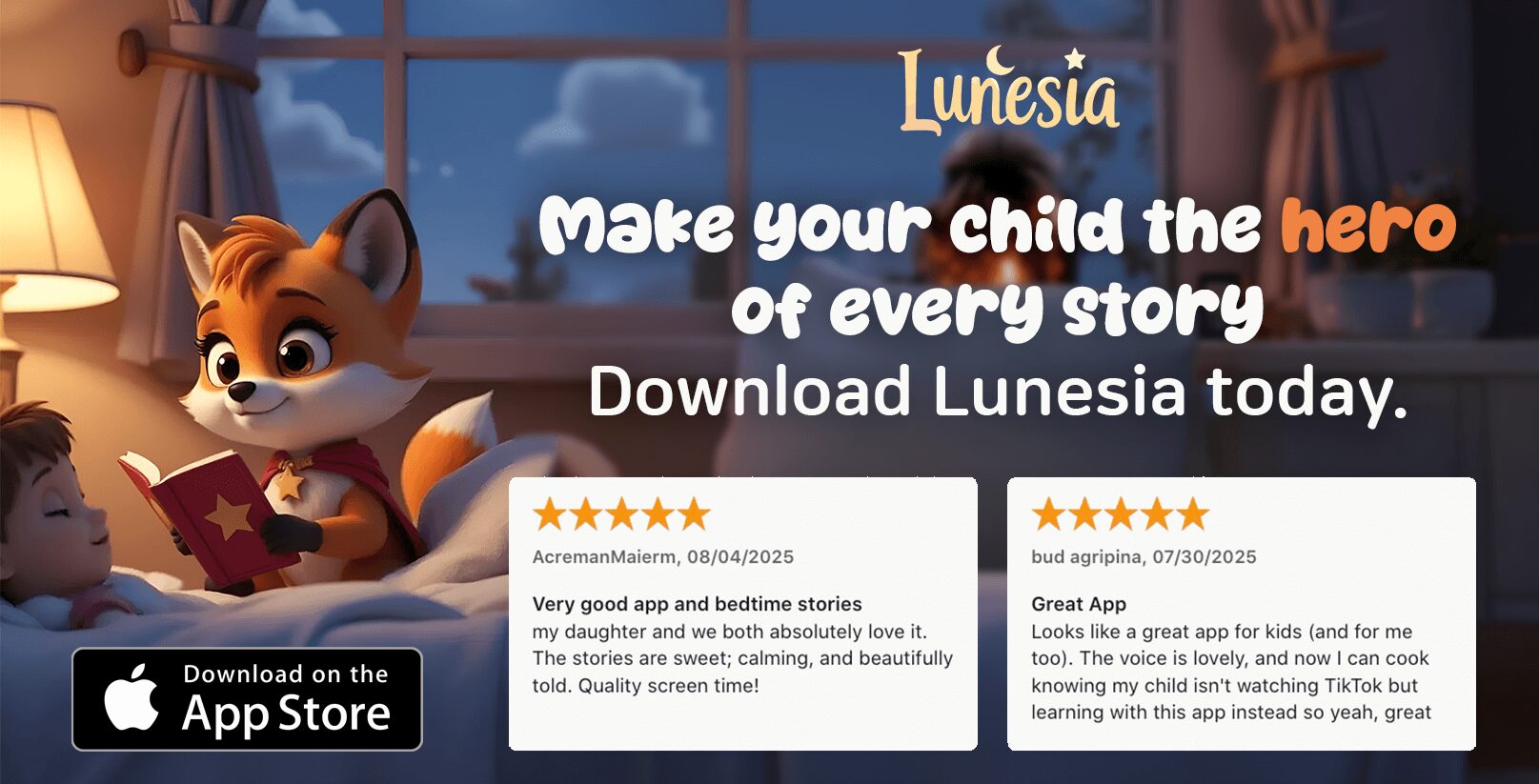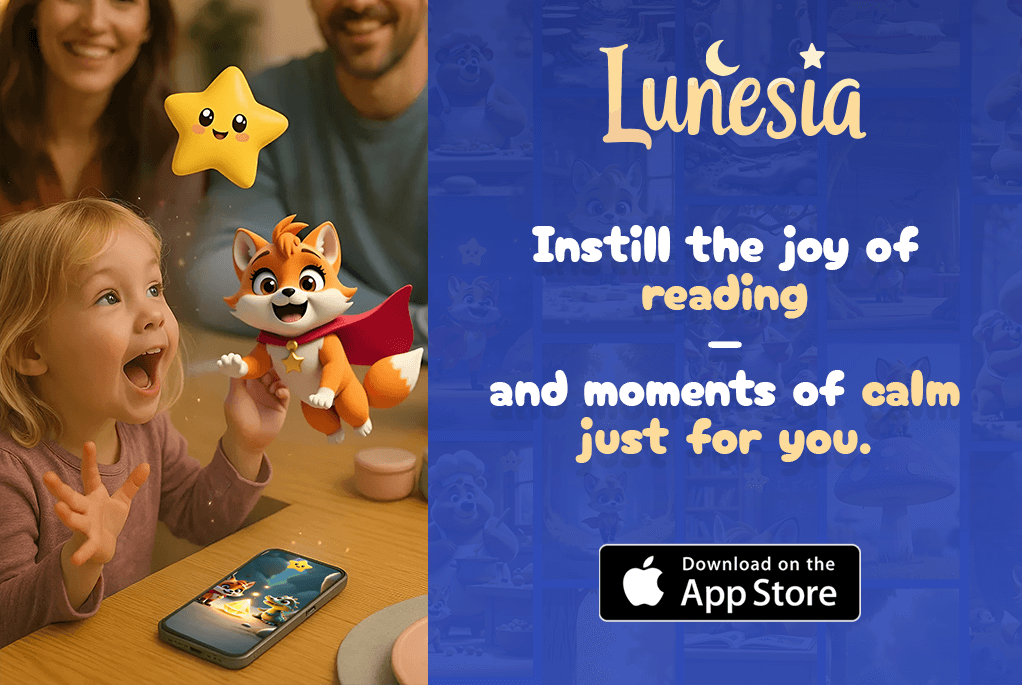As a parent and childhood development specialist, I’ve seen firsthand how mindfulness can transform children’s lives. Research from Harvard University shows that meditation increases gray matter in areas of the brain associated with learning and memory, which is particularly significant for kids whose brains are still developing.
The growing mental health challenges facing today’s children make digital mindfulness tools more important than ever. Two leading platforms, with different approaches, are making waves: one offers structured meditation exercises, while the other takes children on interactive emotional journeys through an engaging app.
By exploring these two approaches, you’ll gain insight into which might be best for your child’s specific needs, personality, and emotional development stage, ultimately supporting their overall health and wellbeing.
Understanding Children’s Mindfulness Apps
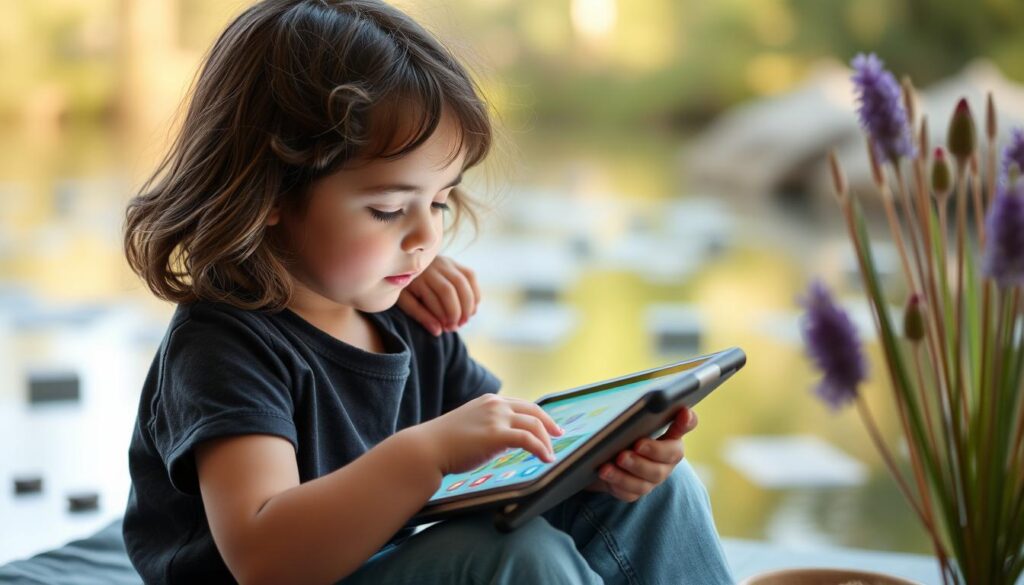
In today’s digital age, children face unprecedented levels of stress and anxiety, making mindfulness practices more crucial than ever. As a parent, you’re likely looking for effective ways to help your child develop emotional intelligence and resilience.
The Growing Importance of Mindfulness for Children
Meditation and mindfulness practices have been shown to have a positive impact on children’s cognitive development, particularly in a school setting. By improving their working memory capacity, mindfulness can help kids excel in the classroom and develop essential academic skills.
Some key benefits of mindfulness for children include:
- Improved working memory capacity and attention spans
- Enhanced emotional regulation and self-awareness
- Better academic performance and social skills
- Increased resilience and ability to manage stress
How Digital Tools Support Emotional Development
Digital mindfulness tools, such as mindfulness apps, offer an engaging and accessible way for children to develop mindfulness practices. These tools can help kids learn valuable self-regulation skills, such as breath awareness and body scanning, in a fun and interactive way.
By introducing mindfulness practices at a young age, parents can help their children develop a strong foundation for lifelong emotional intelligence and well-being.
Headspace Kids: Structured Mindfulness for Young Minds
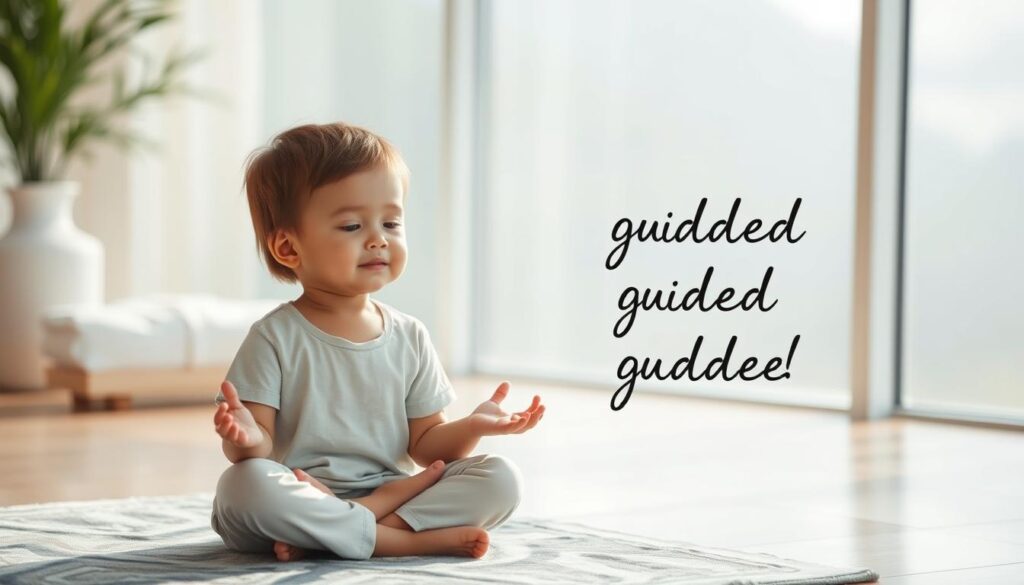
Designed for young minds, Headspace Kids provides a nurturing environment for children to explore mindfulness. With a series of short, single, child-friendly exercises, Headspace makes life easier — and makes meditation fun for the little ones.
Core Features and Content Library
Headspace Kids takes a structured approach to mindfulness, offering a comprehensive library of guided meditations specifically designed for children’s developing minds and attention spans. The app features a variety of exercises, including Calm, Kindness, Cool Off, and Sleep Tight, each tailored to address different emotional needs.
Age-Appropriate Categories
The content is thoughtfully divided into three age-appropriate categories:
First Steps (Ages 3-5)
Simple breathing exercises introduce young children to the world of mindfulness.
Curious Minds (Ages 6-8)
Slightly longer sessions engage children in more complex mindfulness concepts.
Growing Up (Ages 9-12)
More advanced concepts help pre-teens develop emotional regulation and resilience.
Exercise Types and Their Benefits
The guided breathing exercises form the foundation of Headspace Kids’ approach, teaching children to connect with their breath as an anchor during emotional turbulence. Exercises like Calm and Sleep Tight help children relax and prepare for bed, while Cool Off and Stay Positive assist in managing frustration and anxiety.
Lunesia: Interactive Emotional Journeys
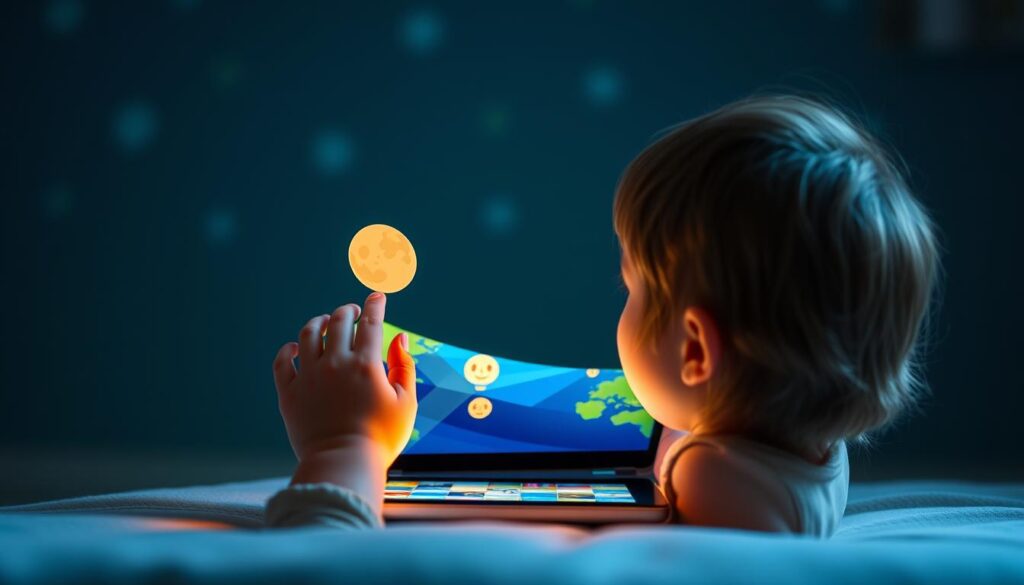
Unlike traditional meditation apps, Lunesia focuses on emotional intelligence through immersive experiences. Lunesia takes a different approach to children’s emotional wellbeing by creating interactive journeys that engage children through storytelling, games, and personalized experiences.
Approach to Emotional Intelligence
Lunesia’s approach to emotional intelligence is centered around helping children identify, understand, and navigate their emotions through immersive scenarios that respond to their choices and feelings. By doing so, it aids in developing essential life skills such as resilience, empathy, and active listening.
Interactive Elements and Engagement
The Lunesia app includes various interactive elements such as emotion-mapping activities, animated stories with decision points, and personalized avatars that reflect the child’s emotional state. These features make emotional learning an adventure rather than a static practice, keeping children engaged and motivated.
Personalization and Adaptability
What makes Lunesia unique is its adaptive technology that learns from each interaction, gradually building a profile of the child’s emotional patterns and tailoring content to address specific needs. As children grow, Lunesia’s content adapts, introducing more sophisticated emotional concepts and coping strategies at developmentally appropriate times, ensuring continuous learning and attention to their emotional development.
By transforming emotional learning into an engaging experience, Lunesia has become a valuable tool for parents seeking to support their child’s emotional wellbeing. With its innovative approach and adaptive technology, Lunesia stands out as a leader in children’s emotional intelligence development.
Comparing Headspace Kids or Lunesia Emotional Approaches
In the quest to support children’s emotional development, Headspace Kids and Lunesia offer distinct approaches that cater to different needs. As a parent, understanding these differences is crucial in choosing the right tool for your child.
Meditation vs. Interactive Storytelling
The fundamental difference between Headspace Kids and Lunesia lies in their core methodology. Headspace relies on structured meditation, while Lunesia employs interactive storytelling. This difference significantly impacts how children engage with each app.
Effectiveness for Different Emotional Needs
Both apps address various emotional needs, but their approaches yield different benefits.
Anxiety and Stress Management
Headspace offers immediate calming through breathing techniques, while Lunesia helps children understand the root causes of their anxiety through emotional exploration.
Focus and Attention
Research suggests that Headspace’s structured meditation practice may have a more direct impact on concentration skills, benefiting school performance.
Sleep and Relaxation
Both platforms address sleep needs, with Headspace offering dedicated sleep meditations and Lunesia providing interactive bedtime stories that respond to a child’s energy level.
| Feature | Headspace Kids | Lunesia |
|---|---|---|
| Core Methodology | Structured Meditation | Interactive Storytelling |
| Anxiety Management | Breathing Techniques | Emotional Exploration |
| Focus and Attention | Structured Meditation | Interactive Engagement |
Parent Involvement and Guidance
Parent involvement differs between the apps. Headspace encourages meditation as a shared family practice, while Lunesia offers more independent exploration with parent guidance features. Understanding these differences can help you choose the app that best fits your parenting style.
Choosing the Right Mindfulness Tool for Your Child
Choosing between Headspace Kids and Lunesia isn’t about which app is superior, but rather about which one aligns with your child’s distinct needs and preferences. Mindfulness for kids is about more than just relaxation; it’s about cultivating compassion, creativity, and kindness.
Consider your child’s age and developmental stage. Younger children (3-5) often benefit from simple breathing exercises like those in Headspace Kids, while older kids may appreciate Lunesia’s more complex emotional storytelling. Think about how your child processes feelings: do they benefit from quiet reflection or through play and stories?
Research shows that regular mindfulness practice produces lasting benefits for children’s developing brains and emotional health. Involving your child in the decision-making process can increase their engagement. Start with one platform, observe their response, and be open to adjusting your approach as needed. By doing so, you’ll be helping your kids develop essential skills for life and school success.
FAQ
What is the ideal age to introduce mindfulness exercises to my child?
Children as young as three years old can benefit from simple mindfulness exercises. Apps like these are designed for various age groups, so it’s essential to choose content that suits your child’s developmental stage.
How can I ensure my child’s privacy while using mindfulness apps?
Look for apps that prioritize data protection and have a clear privacy policy. Many reputable apps are designed with children’s safety in mind and adhere to strict guidelines to safeguard their users’ information.
Can mindfulness apps replace traditional methods of managing stress and anxiety in children?
Mindfulness apps can be a valuable tool in your child’s emotional toolkit, but they shouldn’t replace traditional methods entirely. A balanced approach that includes physical activity, social interaction, and guided mindfulness can be highly effective.
How often should my child practice mindfulness exercises?
Consistency is key. Encourage your child to practice mindfulness daily, even if it’s just for a few minutes. As they become more comfortable with the exercises, they can gradually increase their practice time.
Are there any specific mindfulness techniques suitable for bedtime?
Yes, many mindfulness apps offer guided meditations and calming exercises designed specifically for bedtime. These can help your child relax and prepare for a restful night’s sleep.
Can mindfulness apps help my child develop better focus and attention in school?
Regular mindfulness practice has been shown to improve attention and focus in children. By incorporating mindfulness into their daily routine, your child may experience these benefits in their academic performance.

